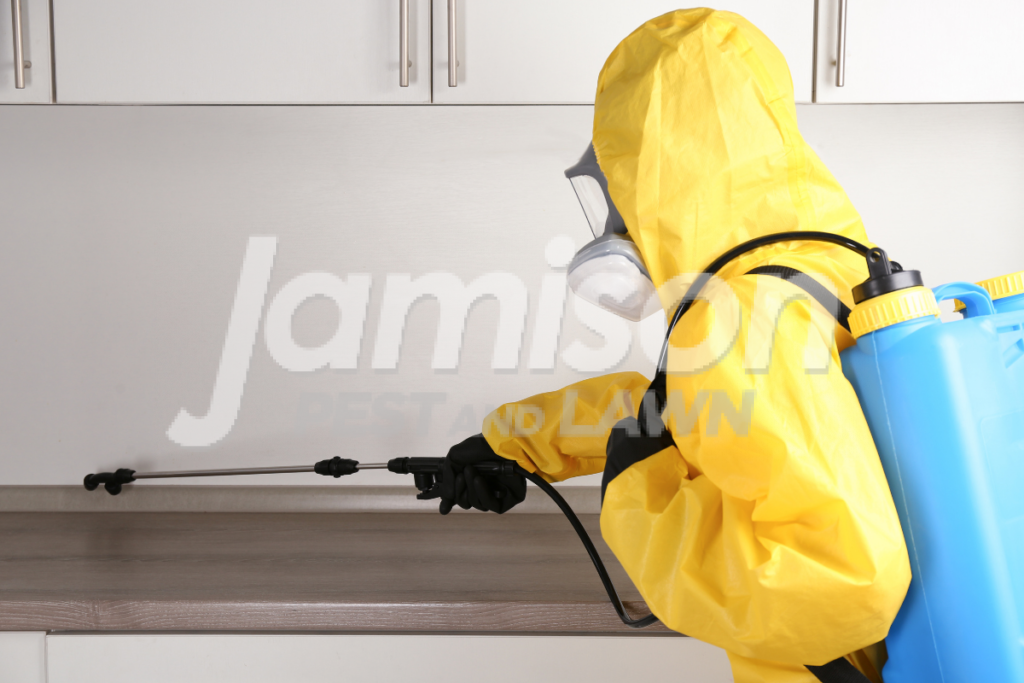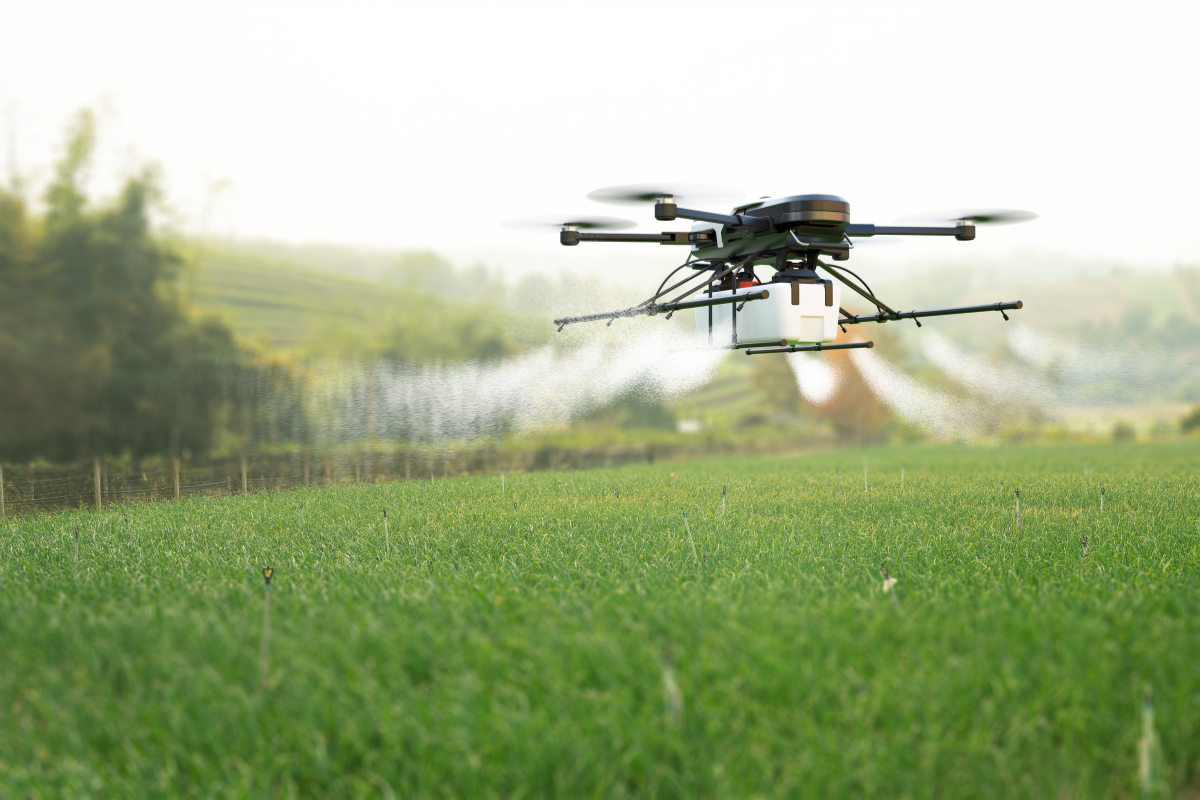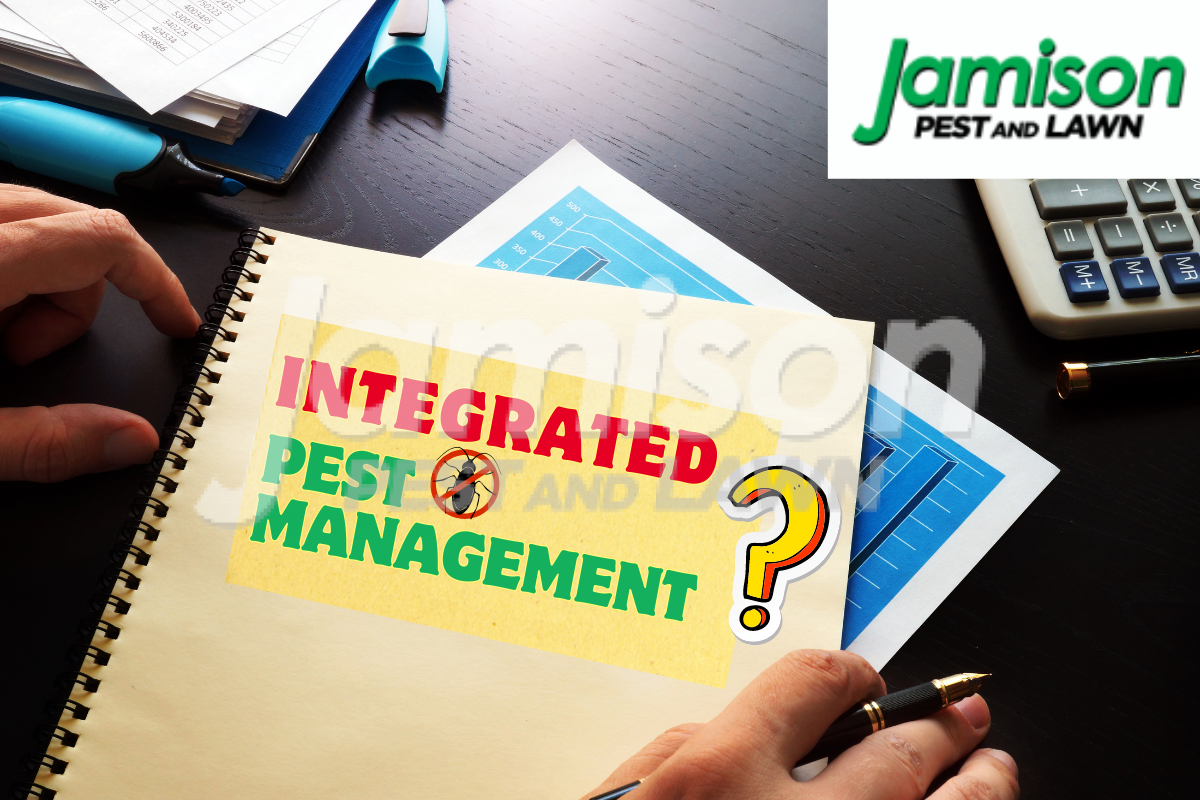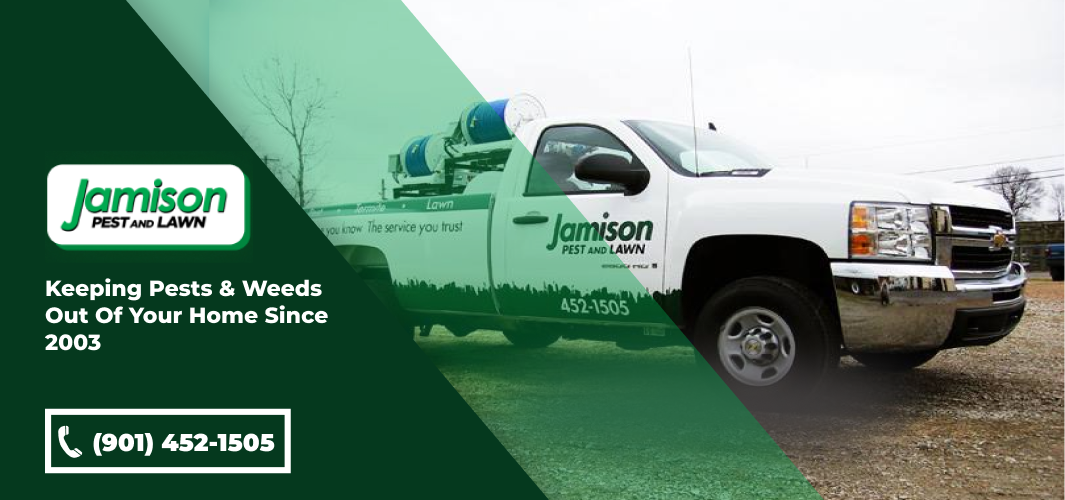Many homeowners would agree that they prefer their homes to be a pest-free environment, but some homeowners aren’t willing to risk exposing their children or pets to harmful chemicals. Luckily, there is an alternative pest control method called integrated pest management.
In this blog post, we will explore the practice of integrated pest management (IPM), describing what it is, the benefits of its use, its challenges, and how technology may be integrated into the approach. By the end of this article, you’ll have a better understanding of whether integrated pest management is right for you.
What Is Integrated Pest Management?
Integrated pest management (IPM), also known as integrated pest control, is an innovative approach to pest control. This is a comprehensive service that emphasizes a blend of natural, mechanical, and chemical methods.
Unlike traditional pest control methods, which often rely heavily on pesticides, IPM is a bit different. It considers the entire ecosystem when keeping pests in check without causing harm to your home, family, or the environment. Pesticides are only used when it is extremely necessary.
Urban IPM: How Does Integrated Pest Management Fare In Your City?
When the IPM first started growing in popularity, it was mainly focused on agricultural settings and crop production. But this has changed. This approach has been found to be beneficial in urban and suburban settings as well.
Homes, from urban apartments to suburban houses, benefit from IPM principles, offering residents an environmentally conscious and effective approach to pest control.
Cities in the state of Mississippi, with their bustling activity and high population density, present unique challenges when it comes to pest management. Luckily, integrated pest management (IPM) principles offer a comprehensive and sustainable approach to address the intricacies of pest control in cities.
Steps Involved In Integrated Pest Management
Identification Of Pests
The first and crucial step in IPM is identifying the specific pests that have made their way to your home/business. This is necessary as several different pests can hurt your property, and there is no one-size-fits-all approach here. Properly identifying the pests will lay the foundation for targeted and effective pest control services.
Here’s what it entails:
Observation:
Take time to observe your surroundings. Look for signs of pest activity such as droppings, chewed materials, mud tubes, or visible pests themselves.
Research:
Use reputable resources to research common pests in your region. This can include field guides and online resources.
Consultation:
If you’re uncertain about the type of pest you’re dealing with, consider consulting with local pest control experts.
Observation:
Take time to observe your surroundings. Look for signs of pest activity such as droppings, chewed materials, mud tubes, or visible pests themselves.
Consultation:
If you’re uncertain about the type of pest you’re dealing with, consider consulting with local pest control experts.
Preventive Measures:
After the pest has been identified, it’s time to implement preventive measures. This is done to create an environment that is less enjoyable for pests. This can include sealing entry points, keeping pest-resistant plants, and more. By addressing the conditions that attract pests, you can significantly reduce the likelihood of infestations.
Taking Action
Now it’s time for action. IPM uses several techniques to get rid of pests. These include
cultural, physical, and biological options:
Cultural Methods:
This technique relates to how you discourage pests from living and reproducing around your home. This may mean managing and cultivating the landscape around your home. As several pests are attracted to different types of plants, it is best to make sure that you’re selecting pest-resistant varieties and clean up any debris around your home that may attract them.
Biological Methods:
While cultural methods deal with planting techniques, biological methods focus on removing pests with the help of other agents. For example, introducing beneficial insects into your backyard that feed on harmful pests.
Physical Methods
You can also make use of physical barriers, traps, or other mechanical methods to prevent pests from infesting plants or your home. This can include the use of screens, nets, and barriers.
Chemical Methods
Pesticides are used as a last resort when it comes to integrated pest management. The infestation must be bad enough to need such an aggressive approach, but keep in mind that some pests may still be able to tolerate chemical methods.

Benefits of Using IPM
Implementing integrated pest management (IPM) offers many advantages, making it a smart and sustainable choice for pest control in various settings. Here are some key benefits:
Reduced Pesticide Use:
One of the standout advantages of IPM is its ability to significantly reduce pesticide use, often by up to 50% or more. This not only contributes to a healthier environment but also translates to savings for individuals and businesses engaged in pest control. By relying less on chemical interventions, we create a safer and more balanced ecosystem.
Improved Human Health:
Pesticides pose risks to human health, and excessive exposure may lead to a range of health issues. IPM plays a pivotal role in safeguarding human health by minimizing reliance on harmful pesticides. This reduction in exposure helps protect not only homeowners and occupants but also the professionals involved in pest management.
Improved Environmental Quality:
Beyond human health, IPM has a positive impact on the environment as a whole. By curbing the use of pesticides, IPM helps prevent pollution of air, water, and soil. This is crucial for maintaining the delicate balance of our ecosystem and protecting beneficial insects, wildlife, and other organisms that contribute to the overall health of our environment.
Versatility in Various Settings:
IPM is a flexible and adaptable approach that can be implemented in a variety of settings. Whether in homes, gardens, farms, businesses, or schools, IPM can be tailored to meet the specific needs of each situation. Its versatility makes it an accessible and practical solution for a wide range of pest management challenges.
Challenges and Opportunities of Urban IPM:
Community Engagement:
Engaging communities in pest management efforts is essential. Awareness campaigns, educational programs, and community clean-up initiatives can foster a shared responsibility for pest control. However, this may be hard as some homeowners will not feel a need to take part.
Adapting Strategies:
Densely populated urban areas may require customized IPM strategies. This could include a mix of cultural, biological, and chemical control methods tailored to the specific challenges of the environment.
Navigating Regulations:
Urban pest management may need to comply with local regulations. Adhering to guidelines ensures that control methods are both effective and environmentally responsible.
Technology You Can Expect In The Future Of Pest Management!
Innovation in monitoring, identification, and control are reshaping the way we address pest control challenges. Let’s look at some of the ways that new technology is being utilized in integrated pest management.
Drones for Targeted Pesticide Application:
Drones have revolutionized the application of pesticides by providing a bird’s-eye view of the affected areas. Some pest control experts are now using drones that have precise spraying technology. The drones enable targeted pesticide application, minimizing waste and reducing the environmental impact.

Mobile Apps for Pest Identification:
Mobile applications designed for pest identification empower users to quickly and accurately identify pests using their smartphones. These apps often utilize image recognition technology, enabling users to snap pictures of pests and receive instant information about the species.
The pairing of new technology with integrated pest management is propelling the field into a new era of precision and sustainability. As drones and automated systems continue to evolve, they promise to make pest management more effective, environmentally friendly, and efficient.
Get Rid Of Pests Today With Jamison Pest and Lawn!
We hope that you found this information related to integrated pest management helpful and that you feel more empowered to handle pest infestations in your home.
Professional help is always beneficial, especially when you don’t want the infestation coming back. At Jamison Pest and Lawn, we have been offering the best pest control services in Mississippi and Tennessee for years. Our pest management experts stay well aware of the trends and use the best, most effective services so that your home stays free from dangerous creatures such as termites, rodents, and other pests.
Here are some of our special programs that have made a difference in the lives of Tennessee & Mississippi homeowners:
Four-Season Pest Control Program
There are four seasons that define a year, and each season calls for a different type of pest management. This is exactly what our Four Season Pest Control program aims to take care of. With this program, we focus on both pest prevention and pest control services by visiting your home during each season to ensure it’s well protected year-round.
Commercial Programs
We know how devastating an infestation can be for a commercial space such as a retail shop or restaurant. Our company offers termite and pest control programs for large and small businesses, so regardless of your commercial property, we’ll devise a plan that’s tailored to your needs.
Contact us today at (901) 452-1505 to set up an appointment with our team.




